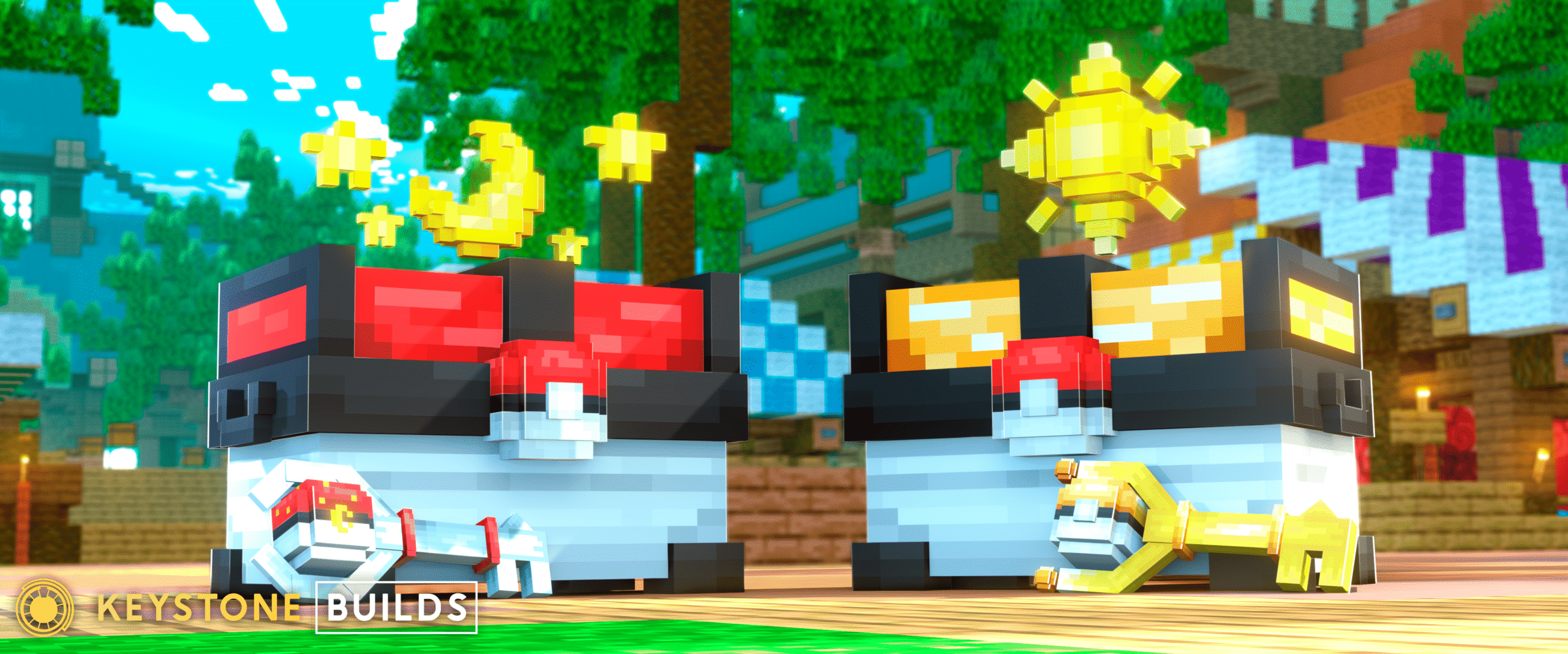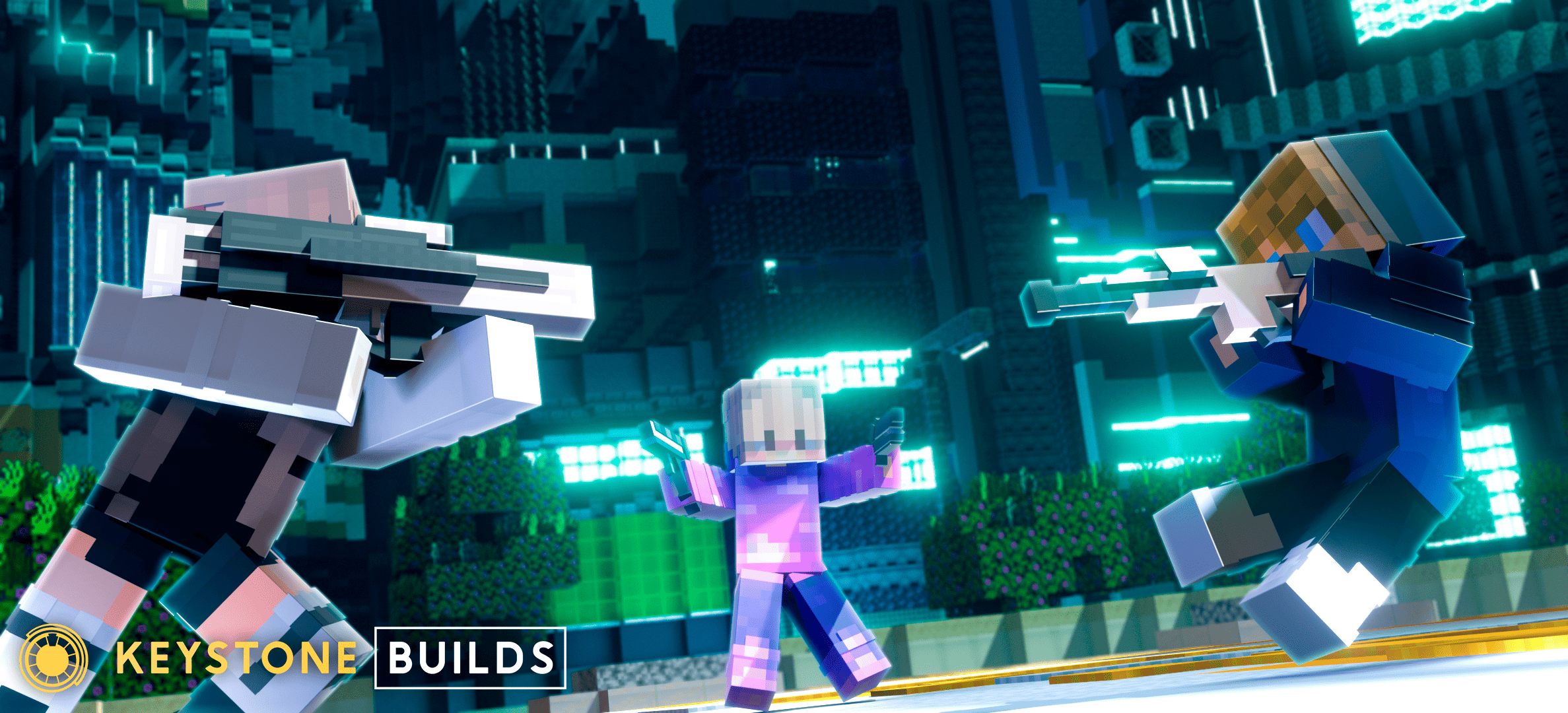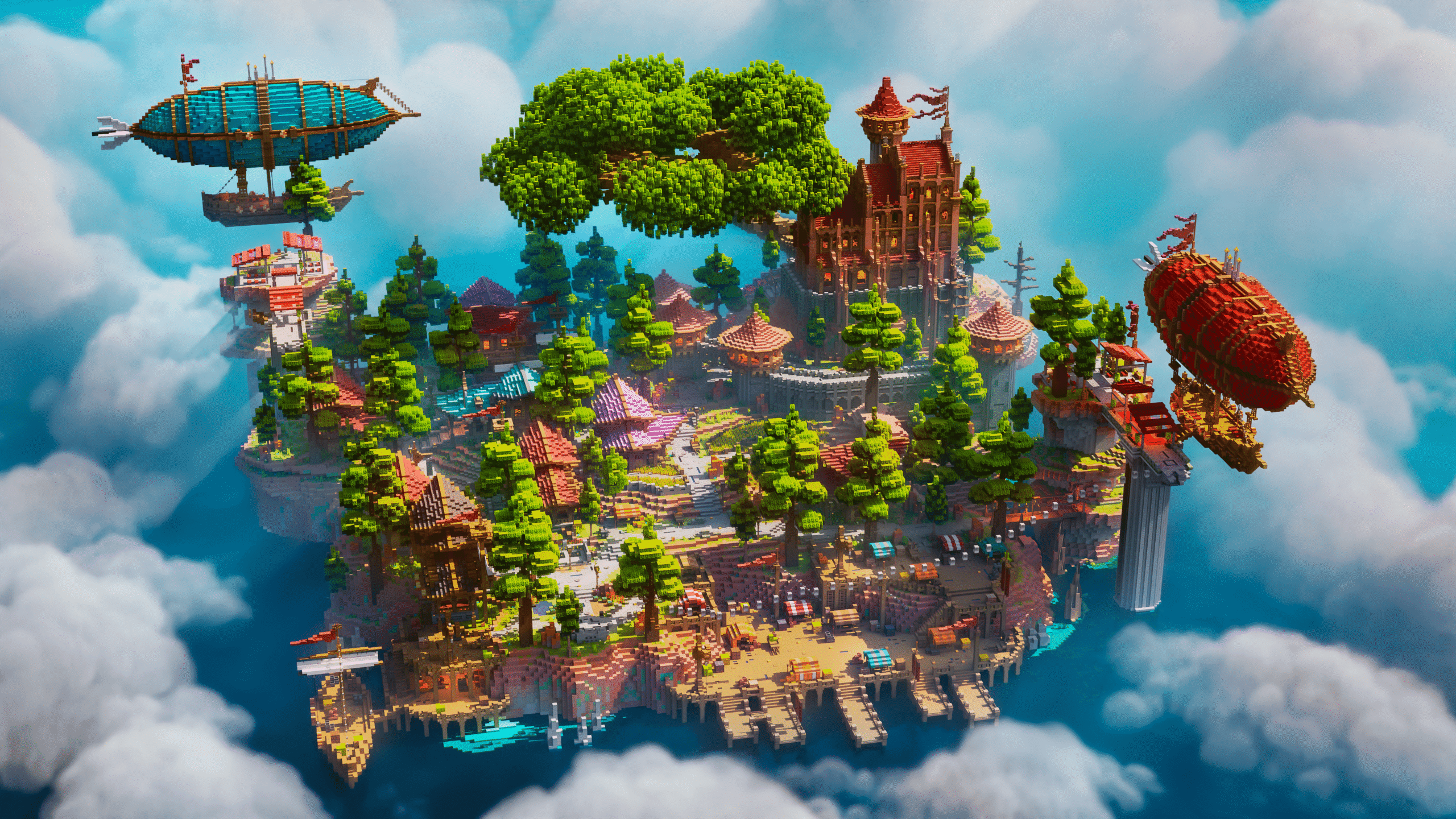Minecraft worlds are blank canvases, and nothing brings them to life quite like a good story. Whether you’re hosting an RPG, survival server, or creative community, a strong lore gives your server depth, purpose, and identity. Lore turns simple builds into ancient castles, towns into kingdoms, and caves into forgotten ruins. It motivates players, creates immersive experiences, and gives your world a soul.
But crafting compelling server lore can feel intimidating if you’ve never done it before. Where do you start? How much is too much? How do you involve your players? In this guide, you’ll learn step by step how to create lore for your Minecraft server—from brainstorming ideas to weaving stories into builds and events—so your world feels alive, unique, and unforgettable.
Why Lore Matters on a Minecraft Server
Before diving into the how, it’s worth understanding why lore matters so much. A server without a story can feel generic, like a random collection of builds. Players may admire your structures but have no reason to care about them. With lore, every structure, NPC, and event becomes part of a living, breathing world.
Lore also gives players a sense of purpose. Instead of wandering aimlessly, they can follow quests, join factions, or contribute to ongoing server-wide stories. A well-told lore fosters emotional connections that keep players engaged far longer than mechanics alone.
Start with the Big Picture: The World’s Foundation
Every great lore begins with a world that feels believable. Before you start writing names or histories, think about your world’s fundamental characteristics:
- What kind of world is it? Is it a fantasy realm full of magic, a medieval kingdom at war, a post-apocalyptic wasteland, or a futuristic colony on another planet?
- What’s the tone? Dark and gritty? Light and whimsical? Epic and heroic?
- What’s the geography? Deserts, forests, oceans, mountains, and unique biomes influence culture and stories.
- How did this world come to be? Is there a creation myth, or is it a shattered land recovering from an ancient cataclysm?
Answering these questions will help you establish a consistent tone and setting, which makes your world feel coherent and immersive.
Create a Timeline of Major Events
Once you have your world’s foundation, start building a timeline. This is where you establish big moments that shape your world’s present state. A timeline helps keep your lore organized, avoids contradictions, and gives players plenty of opportunities to uncover stories.
Your timeline might include:
- The founding of kingdoms or cities.
- Great wars or alliances.
- Disasters like plagues, floods, or magical catastrophes.
- The rise and fall of empires.
- Discoveries of powerful artifacts or portals to new dimensions.
Don’t overcomplicate it at first. A handful of major events spread across hundreds or thousands of years is enough to start. You can always expand your timeline later as your server grows.
Develop Factions, Kingdoms, or Groups
Factions and groups give players a way to connect with your lore. They create sides to join, rivalries to engage with, and stories to explore. Depending on your world, these could be:
- Noble houses in a medieval setting.
- Guilds of thieves, merchants, or wizards.
- Alien races in a sci-fi server.
- Survivors in a post-apocalyptic wasteland.
- Cults worshiping ancient gods or dark forces.
Give each group a clear identity: a goal, a symbol, a color palette, and a unique culture or belief system. Think about how they relate to each other—do they feud, trade, or work together? These dynamics add intrigue and give players plenty to discover.
Name Places, People, and Relics
Once you have your world’s big events and factions, you can flesh it out with names. Names add flavor and make places feel real.
Consider naming:
- Capitals, towns, and villages.
- Important landmarks like mountains, rivers, ruins, or forests.
- Legendary figures such as kings, heroes, or villains.
- Artifacts or relics with mysterious powers or histories.
Choose names that match your world’s tone. For example, ancient fantasy worlds might use names like Eldurith or Nythor, while modern sci-fi servers might have colonies like Nova Prime or Sentinel Base.
If you’re stuck, online fantasy name generators can be great tools for inspiration.
Build Lore into Your World
Now it’s time to weave your story into the physical Minecraft world players explore. This is one of the most powerful ways to make your lore tangible.
Ways to incorporate lore into builds:
- Add ruined castles with signs or books explaining their fall.
- Design graveyards with gravestones referencing past events.
- Build statues of heroes or kings from your lore.
- Place mysterious temples with puzzles connected to your server’s history.
- Create libraries or archives with books detailing your timeline or faction histories.
Using signs, in-game books, or plugins like Denizen, you can add written stories and dialogue directly to your builds. For advanced servers, custom NPC plugins let you create characters who tell stories or give quests tied to your lore.
Integrate Lore into Gameplay and Quests
Your lore shouldn’t just sit in the background—it should influence gameplay. Tie your story to mechanics so players engage with it naturally.
Some ideas include:
- Faction-based quests where players complete tasks for their chosen side.
- Server events reenacting historical battles or epic disasters.
- Collectible items like relics tied to your world’s history.
- PvP or PvE challenges framed as wars or invasions based on your timeline.
- Daily or weekly missions that reveal parts of your lore bit by bit.
Quests and events that reinforce your world’s story help players feel like active participants in an evolving world.
Share Lore Through Multiple Channels
Not every player will explore your builds thoroughly, so it’s smart to share your lore in other ways. Use your server’s website, Discord, or social media to post short stories, updates, or artwork that expands on your world.
For example:
- Weekly lore spotlights highlighting places or characters.
- Lore channels on Discord for players to discuss theories.
- Maps with labeled points of interest and lore descriptions.
- Short videos or trailers telling stories set in your world.
The more you share your lore across channels, the more connected and invested your community will feel.
Evolve Lore with Player Actions
One of the best parts of multiplayer Minecraft is that players can change your world. Incorporate player actions into your lore to keep it dynamic and reward engagement.
For example:
- If a faction wins a server-wide war event, update the lore to reflect their new power.
- When players discover hidden ruins, announce their findings in your Discord or website, adding it to your timeline.
- If a player completes a massive build or achieves a unique feat, turn them into a historical figure in your server’s story.
By making lore reactive, you encourage players to participate and leave their mark on your world’s history.
Keep Lore Accessible and Avoid Overcomplication
A common mistake server owners make is overwhelming players with walls of text or overly complex stories. While you might love every detail, new players should be able to grasp the basics quickly.
Tips for accessible lore:
- Use concise introductions for new players, like short signs or welcome books.
- Break up longer stories into multiple books or dialogue trees.
- Add optional deep lore for players who want to dive in without forcing everyone to read it.
- Summarize major events in a single page or timeline image players can find easily.
Remember: lore should enhance the experience, not burden it.
Encourage Player-Created Stories
Lore doesn’t have to come only from you. Encourage players to create their own characters, factions, or stories within your world. Give them freedom to build settlements, write books, or hold roleplay events.
Provide forums or Discord channels for player-written lore. Recognize creative contributions publicly. This collaborative approach expands your world beyond what you could write alone and keeps your server evolving with fresh perspectives.
Keep Lore Consistent as Your Server Grows
As your server grows and more players contribute, inconsistencies can creep in. Keeping track of your lore prevents contradictions and confusion.
Strategies to maintain consistency:
- Keep a shared document or wiki where you log events, characters, and major builds.
- Appoint a lore manager or team on larger servers.
- Update your timeline regularly with player-driven changes.
- Revisit old stories and locations, adding new details instead of rewriting them completely.
A consistent lore helps players trust your world’s story and makes it easier to expand over time.
Conclusion
Lore is one of the most powerful tools you have to turn a Minecraft server into a living world players care about. By crafting a rich backstory, building it into your world, tying it to gameplay, and evolving it with your community, you’ll create a server experience unlike any other.
The best lore isn’t just written; it’s lived—by you and your players together.
Ready to bring your server’s lore to life with stunning, immersive builds? Visit the Keystone Builds store today to explore affordable, high-quality pre-built Minecraft maps perfect for your stories. Inspire your players and create a world they’ll never forget.









